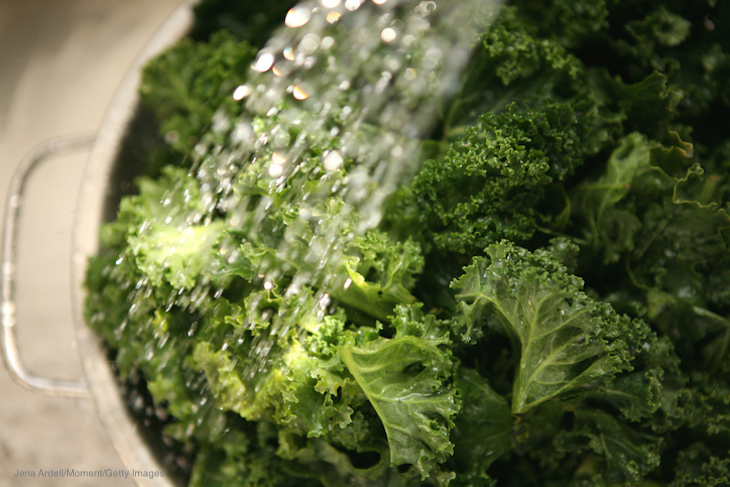A new study conducted at the University of Southamptom has found that ultrasonic cleaning could reduce leafy greens outbreaks in the future. The cleaning is done by spraying food with streams of water that carry sound and microscopic air bubbles. This can clean greens more effectively than current washing methods.

The study was conducted in a collaboration between the University of Southampton, North Carolina State University, with lead scientist Professor Timothy Leighton. The work was sponsored by Vitacress.
There have been several deadly E. coli O157:H7 outbreaks in the past few years that were linked to leafy greens, particularly romaine lettuce harvested in Arizona and California. While most of the investigations conducted by the CDC, FDA, and local officials have not been able to pinpoint a brand or specific grower responsible for the outbreaks, they have found the outbreak strains in local water sources.
Crevices in the surfaces of these greens make traditional cleaning methods ineffective, since the pathogen can hide and even grow and make biofilms on the greens that protect them. Ultrasonic cleaning may change that.
The new study is published in the journal Ultrasound in Medicine and Biology. Scientists used acoustic water streams to clean spinach right after harvesting. They compared the results with leaves washed in plain water applied at the same velocity.
Dr. Leighton said in a statement, “Our streams of water carry microscopic bubbles and acoustic waves down to the leaf. There the sound field sets up echoes at the surface of the leaves, and within the leaf crevices, that attract the bubbles towards the leaf and into the crevices. The sound field also causes the walls of the bubbles to ripple very quickly, turning each bubble into a microscopic ‘scrubbing’ machine. The rippling bubble wall causes strong currents to move in the water around the bubble, and sweep the microbes off the leaf. The bacteria, biofilms, and the bubbles themselves, are then rinsed off the leaf, leaving it clean and free of residues.”
Microbial load on samples cleaned with acoustic streams for two minutes was significantly lower six days after cleaning than the leaves treated with plain water. And there was no damage to the leaves using the acoustic method.
Weng Yee Chong, Thomas J. Secker, Craig N. Dolder, Charles W. Keevil, Timothy G. Leighton. The Possibilities of Using Ultrasonically Activated Streams to Reduce the Risk of Foodborne Infection from Salad. Ultrasound in Medicine & Biology, 2021; DOI: 10.1016/j.ultrasmedbio.2021.01.026




